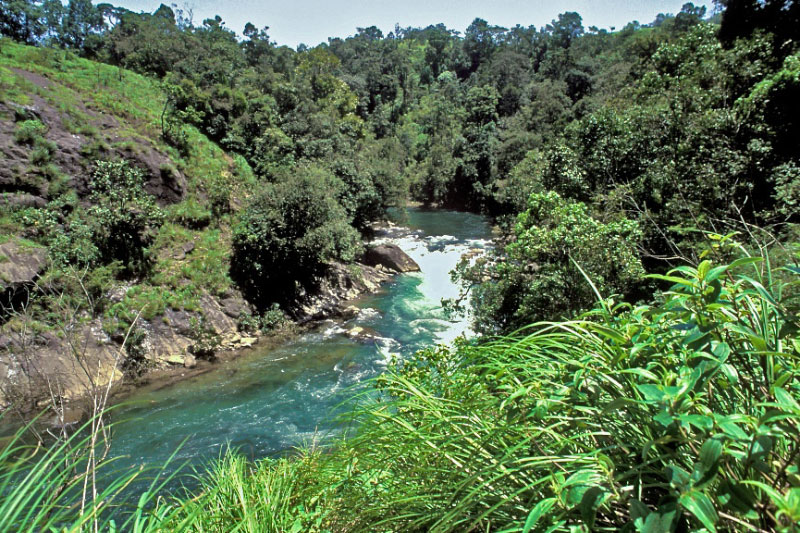- Origins: The Silent Valley Movement began in 1973 in response to the proposed construction of a hydroelectric dam across the Kunthipuzha River in Kerala, India. The movement aimed to protect the Silent Valley, an evergreen tropical forest known for its rich biodiversity.
- Environmental Significance: Silent Valley is home to numerous rare and threatened species, including 34 mammal species and 16 bird species listed as threatened by Birdlife International. It is recognized for its high biodiversity and ecological importance within the Western Ghats.
- Public Mobilization: The movement was initially led by local communities and later gained momentum through the Kerala Sastra Sahitya Parishad (KSSP), which published reports highlighting the environmental and socio-economic impacts of the proposed dam.
- Legislative Action: As a result of the movement’s efforts, the Government of Kerala passed the Protection of Ecological Balance Act in 1979, which ultimately led to the cancellation of the hydroelectric project.
- National Park Designation: Following the movement’s success, the Silent Valley was declared a National Park in 1985, ensuring the protection of its unique ecosystem.
- Impact on Environmental Policy: The Silent Valley Movement significantly influenced India’s environmental policies, leading to the establishment of the National Committee for Environmental Planning and Coordination and the Environmental Protection Act of 1986.
- Biodiversity Research: The movement facilitated increased research and academic interest in the Silent Valley’s ecology, contributing to the discovery of new species and enhancing understanding of tropical forest ecosystems.
- Community Rights: The movement highlighted the rights of local tribal communities, drawing attention to the potential displacement that the dam project would have caused.
- Ecotourism Potential: Today, Silent Valley National Park serves as a hub for ecotourism, providing economic opportunities for local communities while promoting conservation efforts.
- Legacy: The Silent Valley Movement is considered a landmark environmental campaign in India, demonstrating the power of grassroots activism and the importance of community involvement in environmental protection.
Silent valley movement and its impact
Following the movement’s success, the Silent Valley was declared a National Park in 1985.


